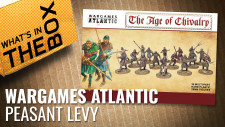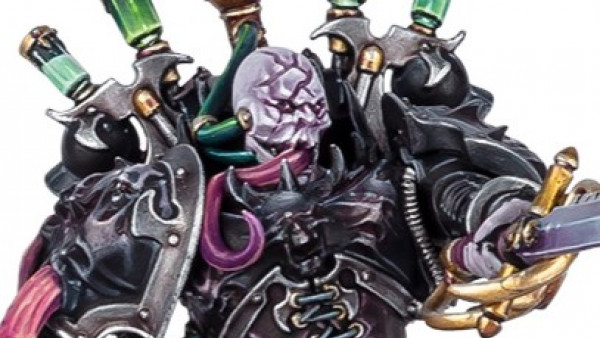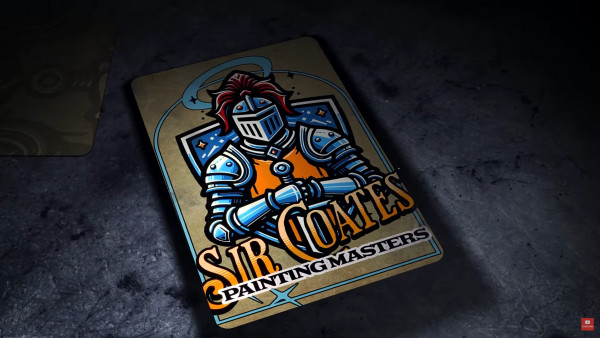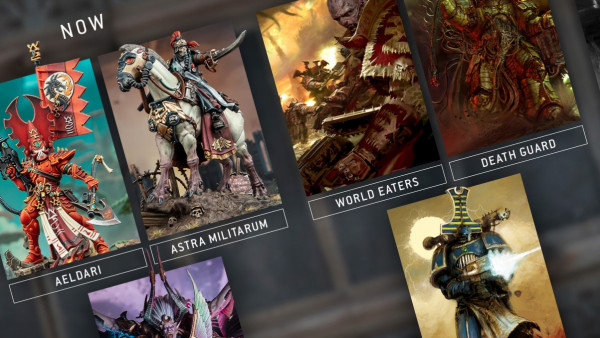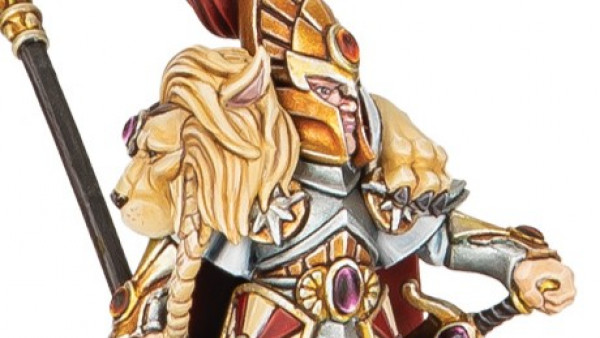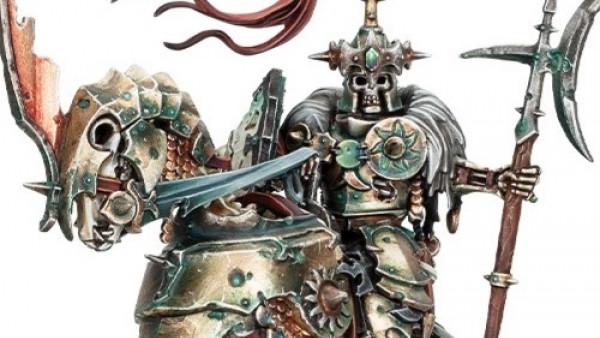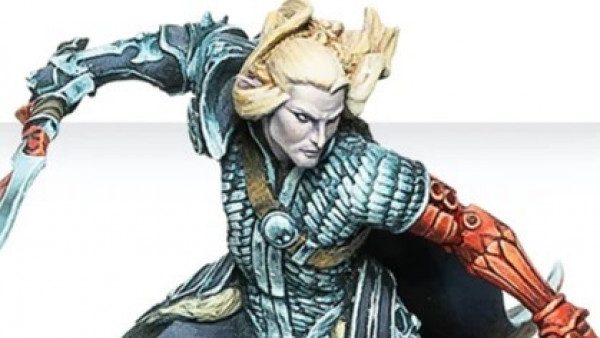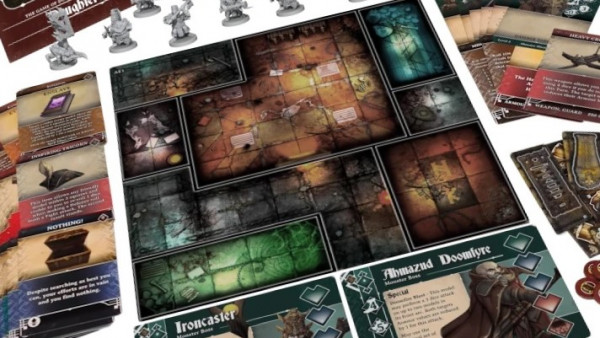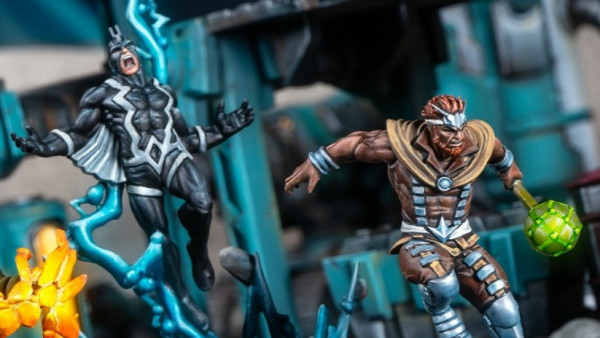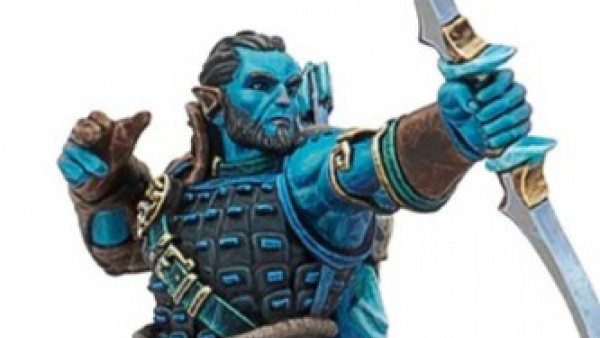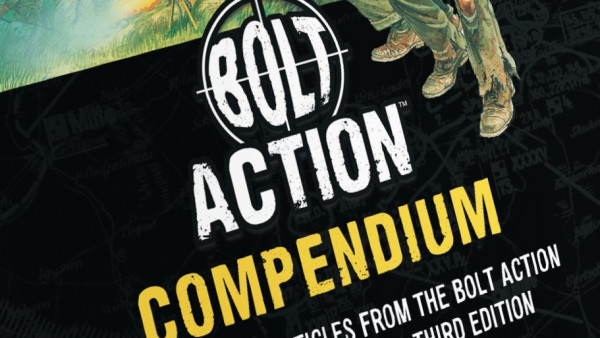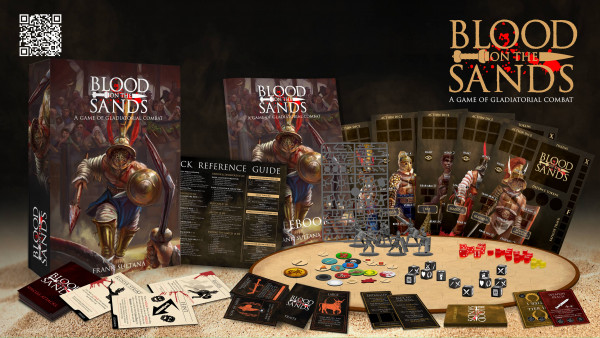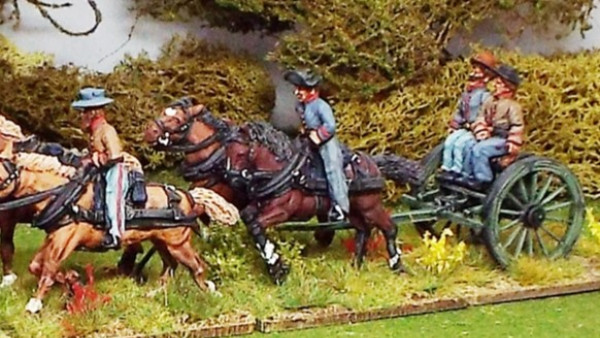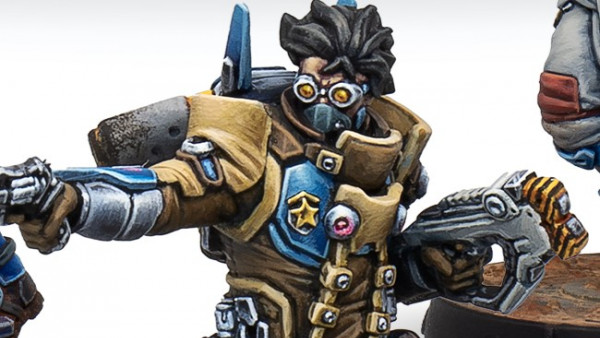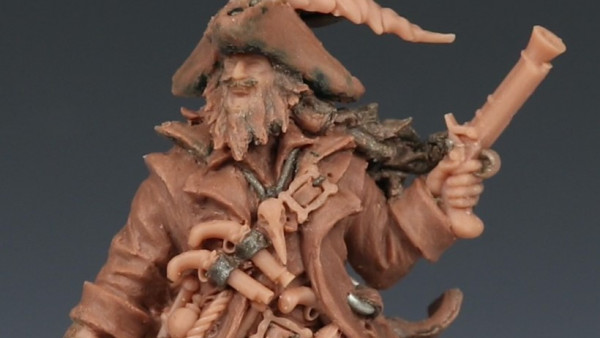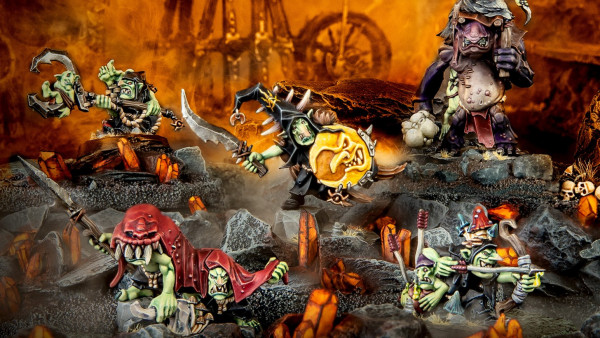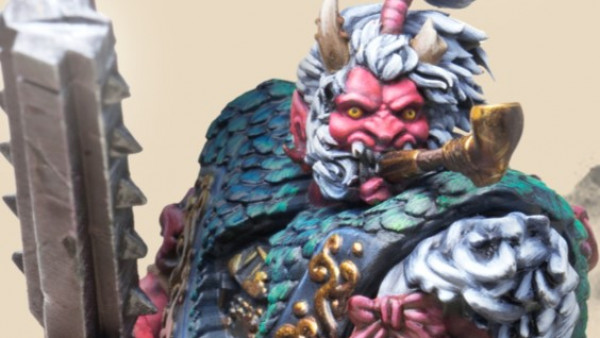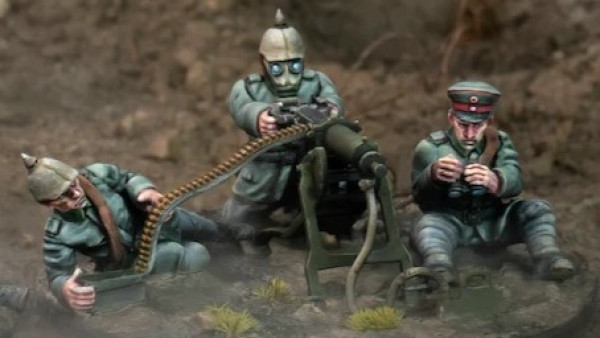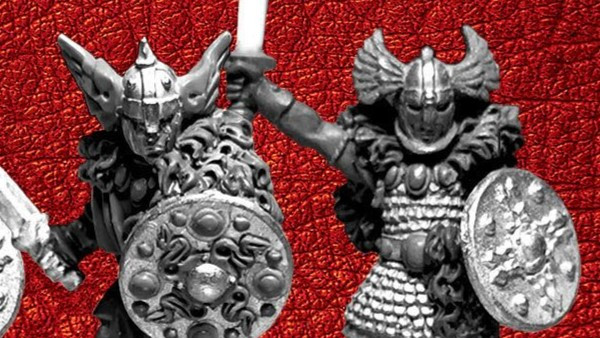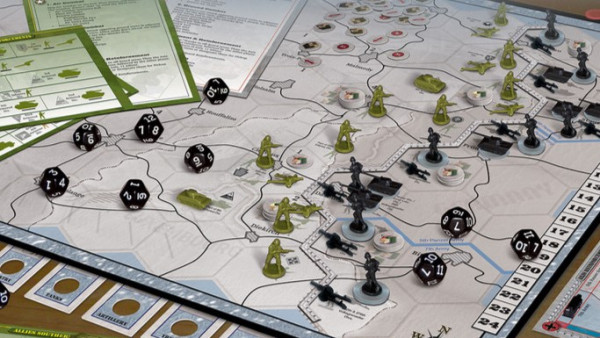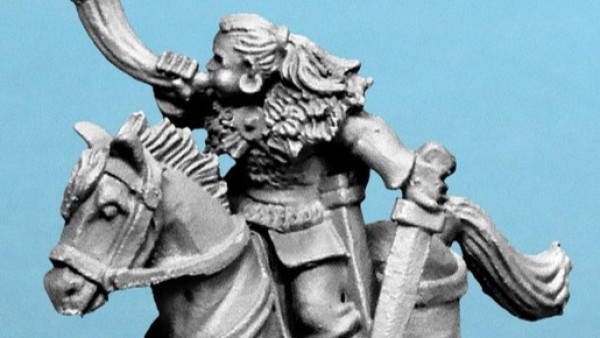Home › Forums › Painting in Tabletop Gaming › What Are You Painting Now? › Reply To: What Are You Painting Now?
Continuing with my journey into the world of 1938 A Very British Civil War I give you the second part of the Lord Protector’s, The Albertine Forces.
In the late summer of 1938, a force of Canadian, Royal Navy and volunteer troops landed at Siloth close to the Solway Firth and Carlisle. They were assisted by attacks from supportive Scottish forces as well as members of the Yorkist Front and Anglican League. Eager not to miss out on a seat at the table for any future settlement, a delegation from the Liverpool Free State arrived at the Albertine camp. They were turned away after being presented with a copy of Prince Albert’s directive. Prince Albert in many ways is more conservation in his outlook than his brother Edward, declared “That no aid or support would be given to or sought from an English faction that had sought to establish a Socialist Revolution”. It was clear while negotiations with Scotland would have to be handled far more delicately, given the strategic nature of their armed forces; an expansion of Socialist power was not going to be tolerated by the Lord Protector.
A few days later the Albertines from the west and the Scots from the north attacked Carlisle. The reinforced Royalist garrison pinned the Albertine forces in the suburbs, while its heavier and mobile forces destroyed the Scottish at Kingstown to the north of the Carlisle, driving many of the survivors into the Solway. It was a black day for the Scottish Republic, which caused the pro-Albert faction in the Scottish Government to hesitate and allow those seeking a permanent separation from England to gain the initiative. This leaves the Lord Protector, still based in Canada, with three principle enclaves in Devon, South Wales and the Cumbrian coast for further operations. But the chance of a united opposition against King Edward VIII seems lost. The next few months were a difficult time for the Lord Protectors Expeditionary forces in the enclaves, supply ships would arrive erratically and pressure was kept up by the Royalist and Government forces.
Prince Albert’s Generals followed the example of the Scottish Republic and instead of trying to raise regiments on existing army lists; they went to an earlier more local source of organising Territorial troops. The rifle volunteers of the late 19th century would live again in the Army of the Lord Protector. It was fairly easy to revive a number of units in Cumbria, Wales and Devon but Prince Albert went on to appeal to his allies to supply his troops to his army. The Anglican league sent a few units from Kent and East Anglia. The Bishop of Bath and Wells was willing but had few troops spare to send. The Yorkist Front scratched together a few units and Parliament sent a couple of units from Winchester, including volunteers from the Civil Service that had fled London.
The Lord Protector’s forces also included naval personal trained as infantry and mechanics manning some of the Albertine’s armoured vehicles. The Canadians have covertly supplied “volunteer” units, including those with close ties to England and Scotland. There has been considerable support from Exiles and more local refugees fleeing the crisis, who having got their families to safety are ready to join the attempt to reclaim their home.
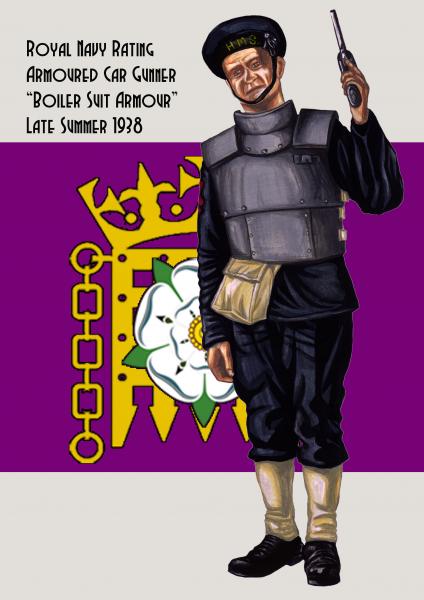






























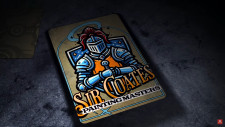


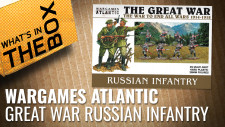


![TerrainFest 2024! Build Terrain With OnTableTop & Win A £300 Prize [Extended!]](https://images.beastsofwar.com/2024/10/TerrainFEST-2024-Social-Media-Post-Square-225-127.jpg)
